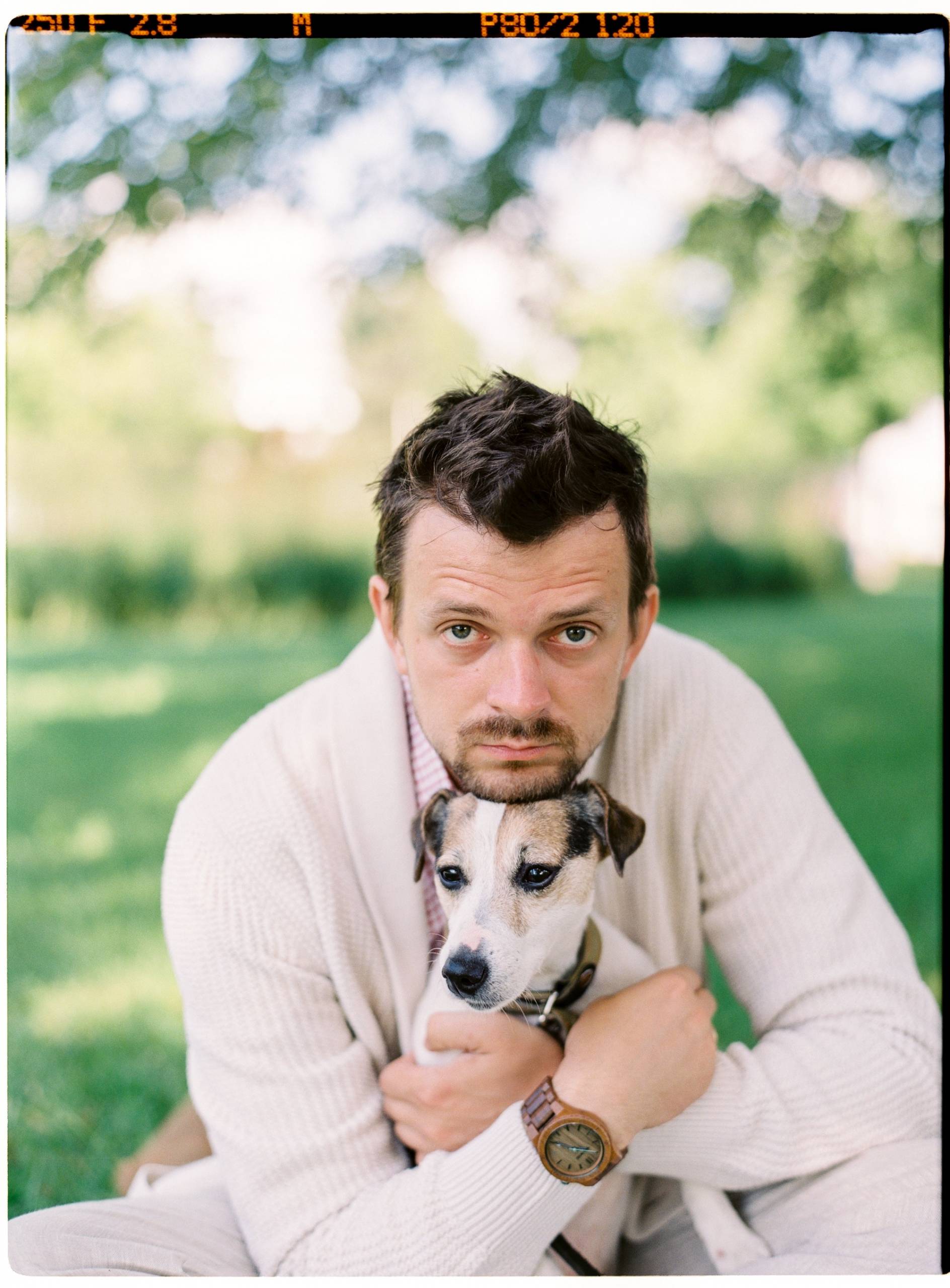Bringing a puppy into your life is an exciting experience filled with joy and companionship, but it also comes with the responsibility of house training. One common question among new puppy owners is how long to wait outside for their puppy to pee. This question is crucial for effective potty training and for understanding your puppy’s needs.
Factors to Consider
Several factors influence how long you should wait outside. The age of your puppy, the time of day, and their individual habits all play a role. Puppies have small bladders and limited control, particularly in their early months. Young puppies, especially those under six months, may need to go out frequently. A general rule is to wait about five to ten minutes for them to relieve themselves, but this can vary based on their age and circumstances.
Puppies under three months often need to relieve themselves approximately every hour. If you’re outside with your little one, allow them ample time to sniff and find the right spot. If they don’t go within five to ten minutes, bring them back inside, then try again in about 15 to 30 minutes. Patience is key during this learning phase.
As Your Puppy Grows
As your puppy matures, their bladder capacity increases, allowing them to hold it for longer periods. By six months, many puppies can wait four to six hours between potty breaks. While waiting outside, you might notice they are less urgent, but it’s still wise to allow a few minutes for them to relieve themselves comfortably.
Time of Day Matters
The time of day can also affect potty habits. Puppies may exhibit different behaviors in the morning compared to the evening. After a night’s sleep, they often need to go immediately upon waking, so be prepared to wait longer. Conversely, if you take your puppy out shortly after a meal, they may need to go sooner, so stay attentive.
Recognizing Your Puppy’s Signals
Understanding your puppy’s behavior can help determine how long to wait outside. Signs like sniffing the ground, circling, or whining indicate they need to pee. If you see these behaviors, it’s the right time to head outside. Once outside, allow them a few moments to explore and encourage them to take care of business. If they still haven’t gone after a few minutes, don’t lose hope; they may just need more time to feel comfortable.
Establishing a Routine
Creating a routine can significantly aid in understanding your puppy’s potty needs. Puppies thrive on consistency, so establishing a schedule with regular potty breaks—after meals, playtime, and before bedtime—can help regulate their habits. This routine not only assists in potty training but also enables you to anticipate when they need to go.
Addressing Challenges
If your puppy doesn’t pee after a reasonable time outside, consider potential distractions. Excitement from the outdoors can interfere with their focus. If that’s the case, bring them back inside and try again later. If your puppy seems anxious or easily distracted during potty time, they may need positive reinforcement to feel secure.
Positive Reinforcement
Using the right approach is crucial for effective house training. Positive reinforcement can work wonders. When your puppy successfully relieves themselves outside, offer praise and a small treat to encourage this behavior. Consistency and patience are essential in reinforcing their training.
Seeking Veterinary Advice
If your puppy consistently struggles to go outside, it may be worth consulting a veterinarian. Underlying health issues, such as urinary tract infections, can affect their ability to urinate normally. A vet can provide insight and help determine if there is a medical reason for any potty issues.
Embracing the Journey
Every dog is unique, and the time it takes for a puppy to become fully potty trained can vary widely, from a few weeks to several months. Setbacks are normal, and accidents will happen as part of the learning process for both you and your puppy. When accidents occur indoors, remain calm; punishment is not effective. Instead, clean the area thoroughly to eliminate any lingering odors that may attract them back.
With time, you’ll likely notice your puppy becoming more reliable with their potty habits. They will begin to signal when they need to go and show a preference for their designated potty area. This progress is a rewarding testament to your efforts.
Final Thoughts
While there isn’t a universal answer to how long to wait outside for your puppy to pee, understanding their needs can enhance the potty training experience. Keep their age, individual habits, and the time of day in mind. Establishing a consistent routine and using positive reinforcement will significantly aid in your puppy’s training journey. Be patient and compassionate, as this phase is temporary. Soon, you’ll have a well-trained dog who knows when and where to relieve themselves. Enjoy the process and cherish the moments spent outside, even if they require more waiting than anticipated. The bond formed during this time will last a lifetime.



